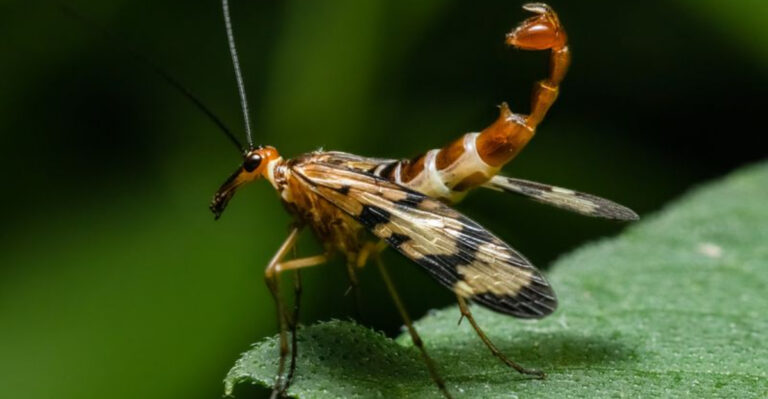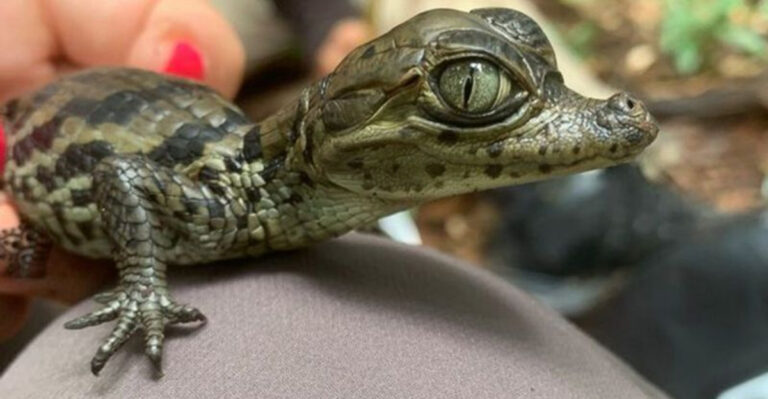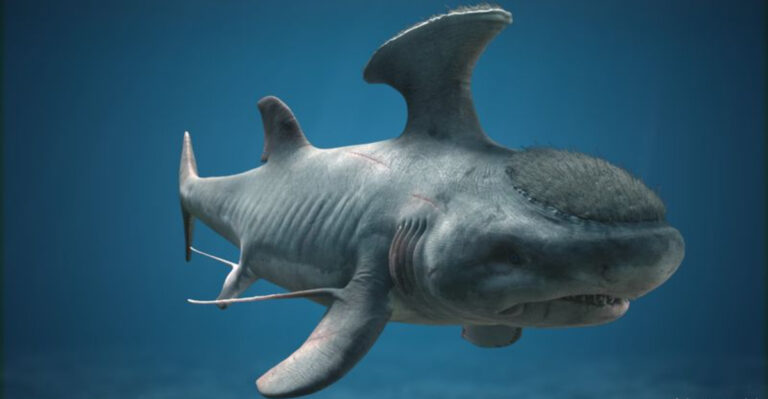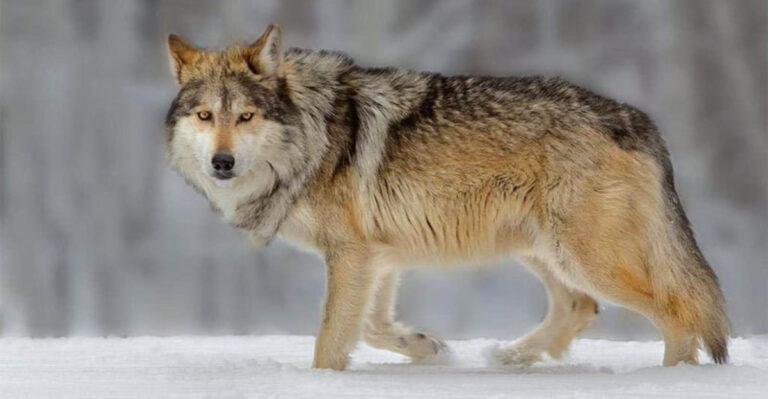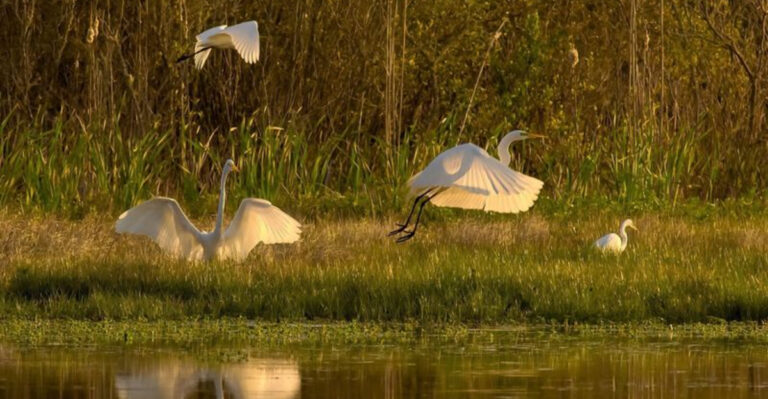Scientists Unearth Perfectly Preserved Prehistoric Woolly Rhino
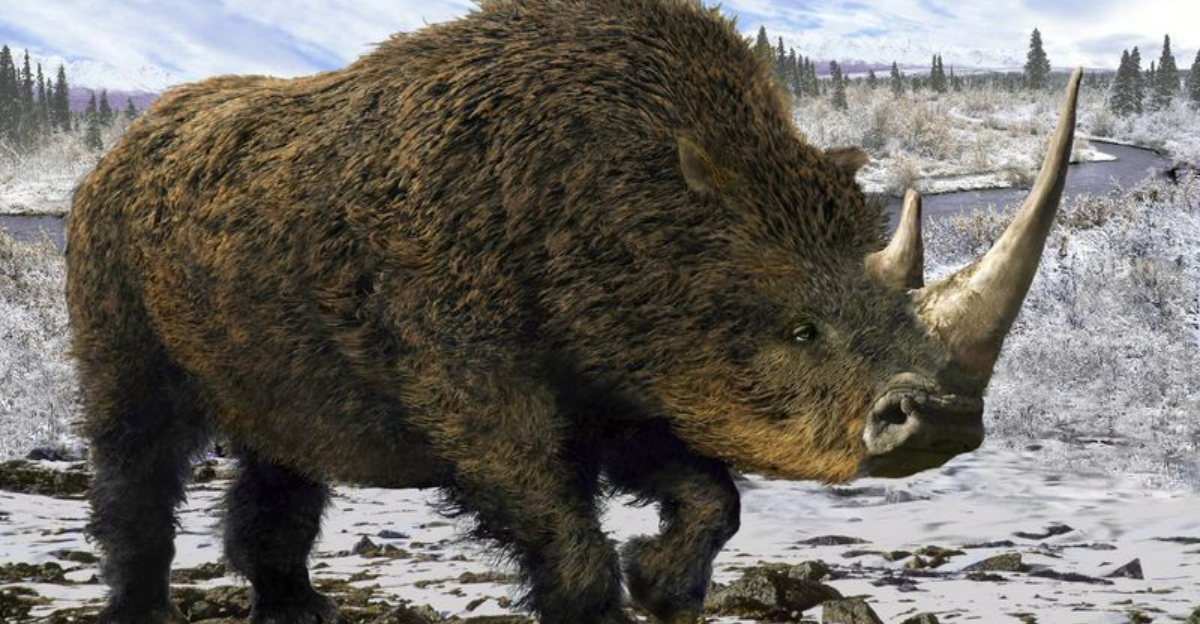
In the frozen depths of Siberia, time stands still for some ancient creatures. Recently, scientists made a jaw-dropping discovery that has rocked the paleontology world – an incredibly well-preserved woolly rhino from the Ice Age.
This rare find gives us a remarkable window into Earth’s prehistoric past, offering clues about extinct megafauna and the environment they once roamed.
The Discovery Of The Perfectly Preserved Woolly Rhino
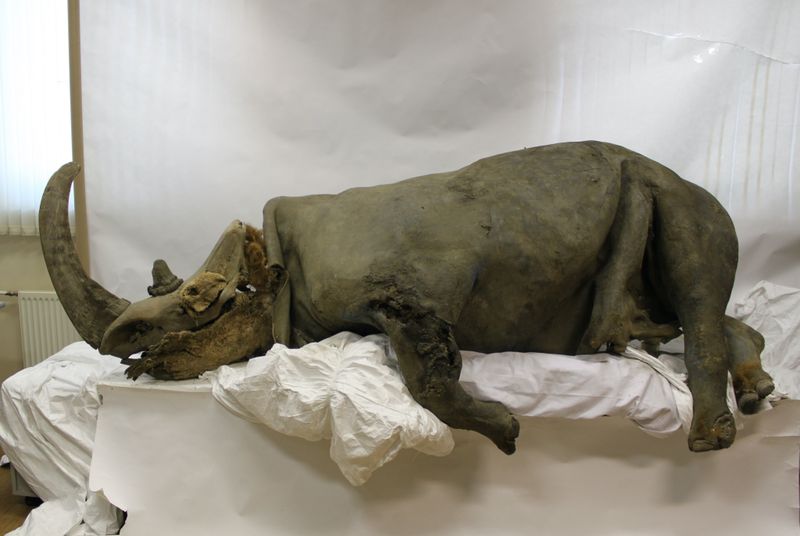
Frozen in time for over 30,000 years, this woolly rhino mummy emerged from Siberia’s icy grip with fur, skin, and internal organs intact.
Not just bones, but a complete prehistoric package! The extraordinary preservation shocked even veteran paleontologists, who rarely encounter specimens with soft tissues still present.
This remarkable time capsule offers unprecedented research opportunities beyond what typical fossilized remains could ever provide.
How Gold Miners Accidentally Unearthed The Prehistoric Mummy
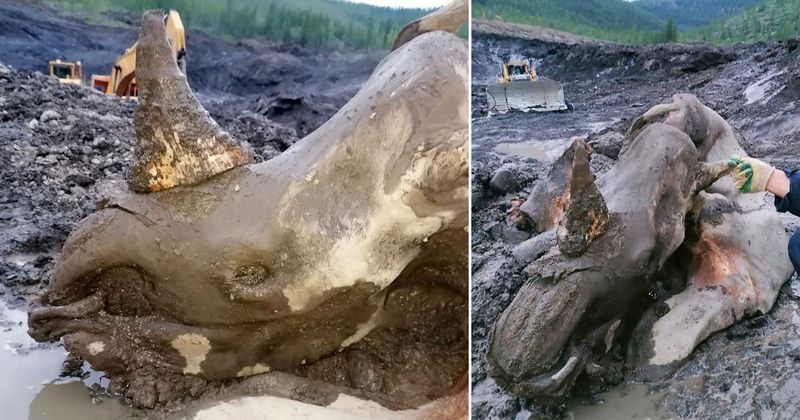
Fortune favors the fossil hunters! While pursuing glittering gold deposits in Siberia’s permafrost, miners stumbled upon something far more valuable to science.
Their industrial equipment revealed the ancient beast during routine excavation work. Rather than continuing their gold quest, the miners immediately alerted local authorities and scientists about their extraordinary find.
Such accidental discoveries have become increasingly common as climate change thaws previously inaccessible permafrost regions.
The Significance Of The 32,000-Year-Old Woolly Rhino Find
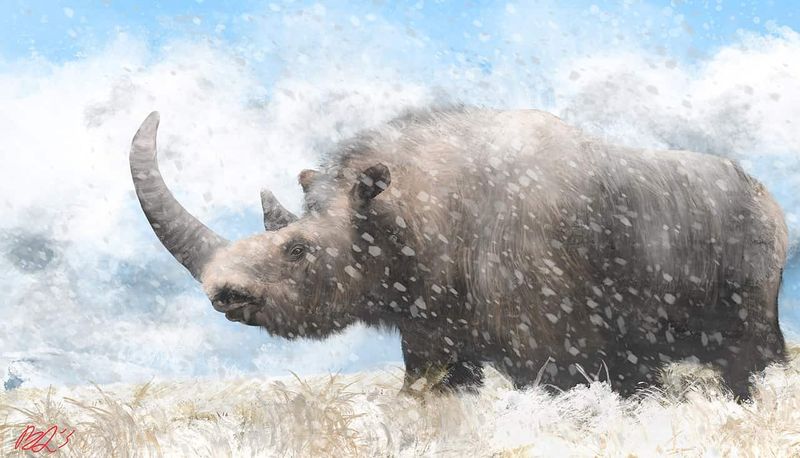
Talk about hitting the scientific jackpot! This specimen ranks among the most complete Ice Age mammals ever found, rivaling the famous baby mammoth “Lyuba” in preservation quality.
Scientists can now study actual skin, hair, and internal organs rather than just reconstructing from bones. The rhino’s last meal remains in its stomach, providing direct evidence of its diet and habitat.
Such incredible preservation offers a rare, unfiltered glimpse into prehistoric life.
Examining The Mummified Woolly Rhino’s Intact Horn And Soft Tissues
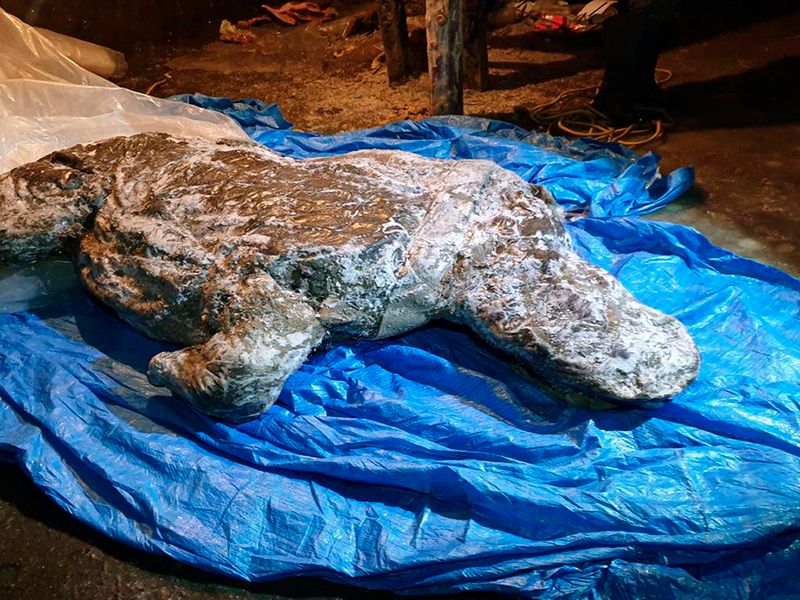
Unlike modern rhinos with stubby horns, this prehistoric beast sported an impressive elongated horn perfect for sweeping away snow to reach vegetation below.
The horn’s remarkable preservation allows scientists to analyze its growth rings—similar to tree rings—revealing details about the animal’s age and health throughout its life.
Even more astonishing, researchers found blood vessels and muscle tissue still identifiable after 32 millennia frozen in time!
What The Discovery Tells Us About Ice Age Megafauna
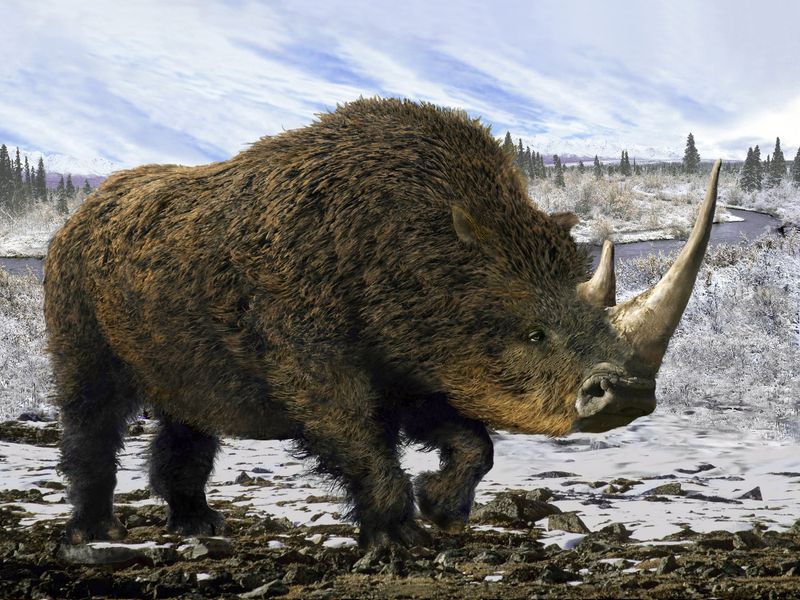
Contrary to popular belief, woolly rhinos weren’t just mammoth sidekicks! This specimen reveals they were highly specialized cold-weather survivors with thick fur layers and specialized fat deposits.
Their body structure differed significantly from modern rhinos, with proportions better suited for navigating snowy landscapes. Advanced imaging techniques have revealed surprising details about their internal anatomy, challenging previous theories.
This single specimen has already rewritten several chapters in the story of Ice Age adaptation.
The Role Of Permafrost In Preserving Ancient Species
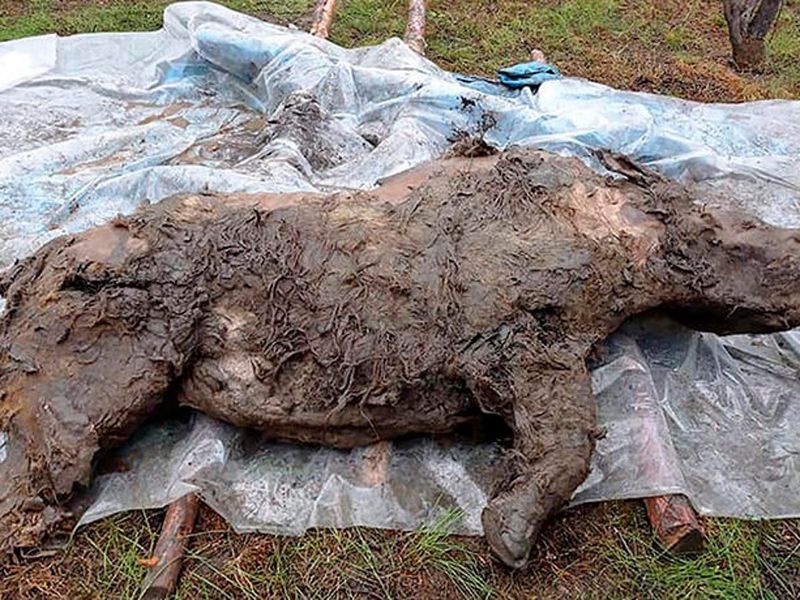
Mother Nature’s deep freezer has kept this rhino in remarkable condition! Permafrost—permanently frozen ground—creates the perfect preservation environment by halting decomposition and preventing bacterial growth.
The rapid burial of the rhino in frozen mud created an oxygen-free environment, further slowing deterioration. Scientists estimate that less than 0.1% of prehistoric animals experience such perfect preservation conditions.
Ironically, climate change now threatens remaining permafrost while simultaneously revealing new specimens.
Genetic Research And The Future Of Studying The Woolly Rhino
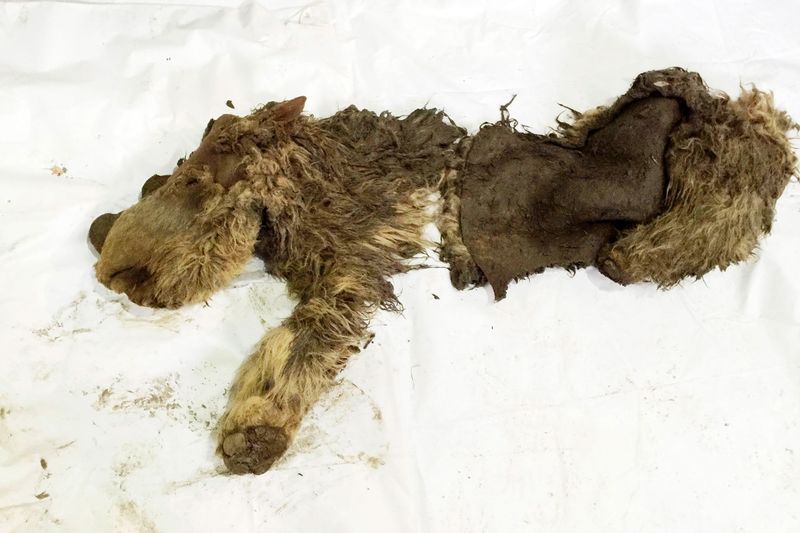
Ancient DNA unlocks evolutionary mysteries! Scientists have successfully extracted genetic material from this specimen’s remarkably preserved cells, opening new research avenues previously thought impossible.
Comparison with modern rhino DNA reveals unexpected evolutionary relationships and adaptation pathways. Some researchers speculate that advanced genetic techniques might eventually allow revival of extinct species, though ethical debates surround such possibilities.
Even without resurrection, this genetic treasure trove provides unprecedented insights into mammalian evolution.
How This Discovery Offers Insight Into The Ice Age Environment
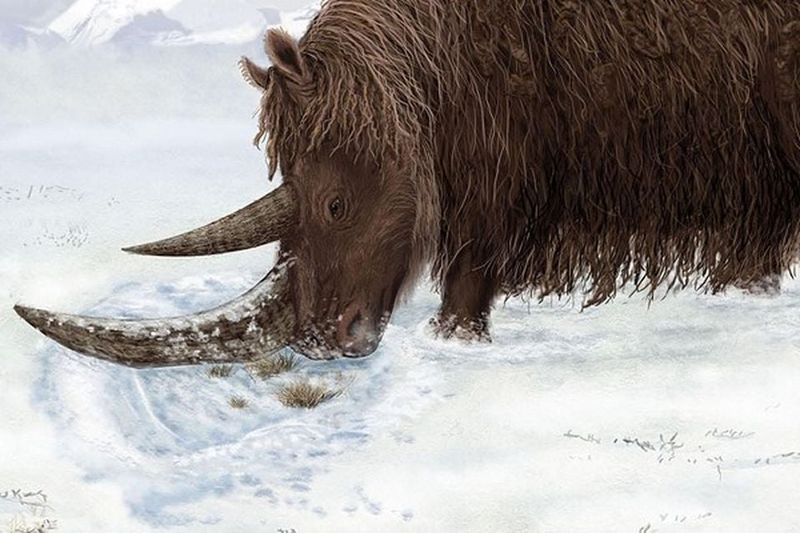
Beyond the animal itself, this frozen time capsule reveals secrets about an entire lost world! Plant fragments found in the rhino’s fur and stomach contents paint a detailed picture of ancient Siberian landscapes.
Pollen samples trapped in ice surrounding the specimen help scientists reconstruct regional vegetation patterns. Isotope analysis of tissues provides temperature data from 32,000 years ago, offering valuable climate insights.
This single specimen serves as an environmental archive more detailed than dozens of traditional fossil sites combined.
The Woolly Rhino’s Extinction And What It Can Teach Us About Climate Change
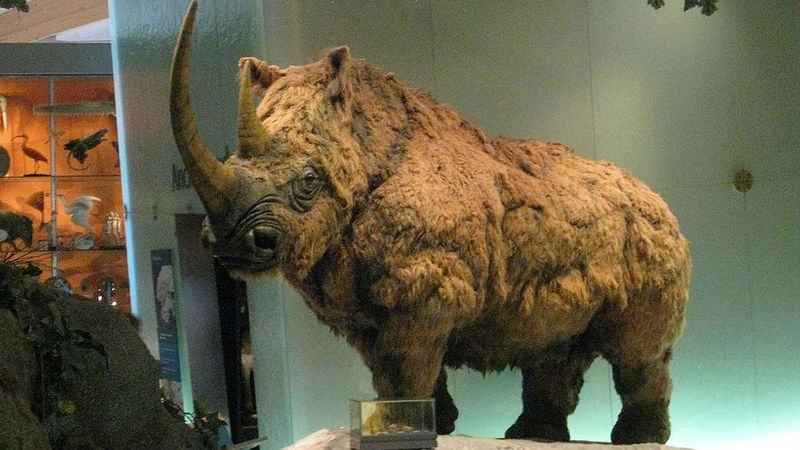
Mystery surrounds the disappearance of these magnificent creatures! Unlike some megafauna whose extinction clearly links to human hunting, the woolly rhino’s story appears more complex.
Genetic evidence from this specimen suggests population decline began before significant human contact. Climate shifts at the end of the last ice age likely played a major role in their demise.
Studying their inability to adapt offers sobering parallels to modern species facing rapid environmental changes in our warming world.

